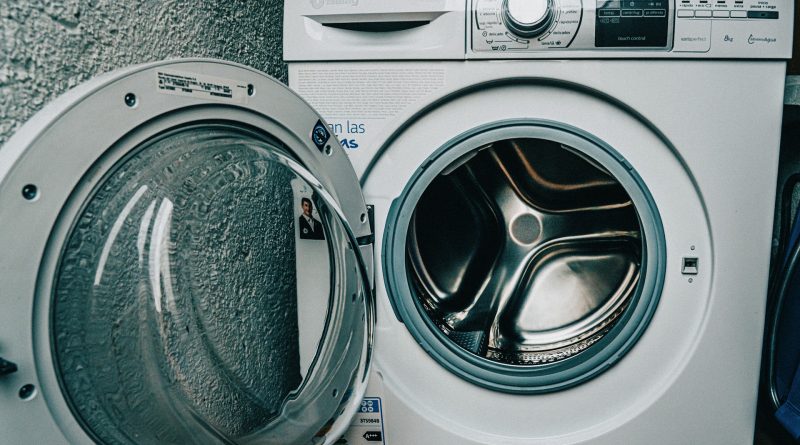Washer machines are a great invention that can save you a lot of time and energy. However, in order to get the most out of them, it is essential to understand how they work and what you need to do if something goes wrong. That’s why we have put together this helpful blog post. It includes everything you need to know about washing machine drainage. Read on for useful advice on this topic…
What is Washing Machine Drainage?
The drainage system of a washing machine is designed to take excess water away from the machine. This prevents the floor from getting wet and potentially damaging other components of the machine. Additionally, it can also help prevent mold and mildew growth on walls near the washer. There are two types of drainage systems: open and closed. Open drainage systems use a hose that goes out of the back or bottom of the machine. A closed system will be hidden inside the wall behind or under a cabinet or nearby appliances. Open drainage systems normally have a hose connected to an external drain, which is hooked up to an outdoor faucet or plumbing line with an opening at least six inches in diameter. Closed drainage systems will require a connection kit that includes a washout connector, tailpiece, and connector nut. The kit may also include a discharge pipe adapter for attachment to your dishwasher.
How Does Washing Machine Drainage Work?
The general process is pretty simple. When you start a load of laundry in the washing machine, you will be using water to clean your clothes. This water will then go into the washer machine’s drain pipe, which is connected to the kitchen sink or bathroom floor. The water will flow through this pipe and out onto the ground outside.
When to Clean Your Washing Machine Drain
age It’s not always necessary to clean the drainage of your washing machine. However, you will need to clean it if: – There is a water leak from the washing machine – The washer is used for more than 20 cycles in a month – Your clothes have been wet for more than 3 days – You live in an area with hard water If any of these apply, then you should call a professional to clean your washing machine’s drainage.
How to Clean Your Washing Machine Drain
A major part of washing machine drainage is keeping it clean. This will prevent any smells from developing and help your washer work more efficiently. The first thing you should do when you notice a smell coming from your washer is run the machine through a complete cycle without anything inside. This will help eliminate any lingering dirt or debris that might be causing a smell. To keep your wash draining properly, make sure to pour 1/2 cup of baking soda down the drain before running the cycle and then add 1/2 cup of vinegar afterward.
Tips to Avoid Clogs and Draining Issues with Washing Machines
A clog and drainage issue is the most common problem with a washer machine. And clogs and draining issues are more likely to happen if you don’t maintain your washing machine properly. If you want to avoid these problems, keep these tips in mind: – Regularly clean or replace the filter that’s located in the back of the machine. – Don’t stuff too many clothes into the washer, as it can lead to a clog. – When you clean your laundry, make sure to remove excess water from your clothes before tossing them in the washer. – Before starting a load of laundry, open up all the doors and turn on all the taps so any standing water will drain out of your house. If you do not follow these tips, clogs and drainage issues may happen which can cause damage to your washing machine in time. But by following these tips, you can easily avoid them!
Conclusion
Have you ever heard of washer drainage? It’s important for your washing machine to work efficiently and effectively, so it’s worth knowing how this works and how best to maintain it. To maintain your washing machine’s drainage, it is recommended that you clean the drain once a month. Cleaning the washer’s drain will help avoid clogs, which are more difficult and expensive to fix. In addition, you should also make sure to clean out your lint filter often. Lint from your clothes builds up and can clog your washer’s drain. You should also use cold water when washing clothes to avoid clogging the drain. Another thing you may want to do is clean your lint filter after each load of laundry. This will help avoid clogs and ensure your clothes come out clean. The key to keeping your washing machine in optimal working order is to regularly clean the lint filter and the drain. Doing this on a monthly basis will ensure your machine runs smoothly and efficiently, saving you time and money in the long run! You can find more details about washing machine drainage options here.

